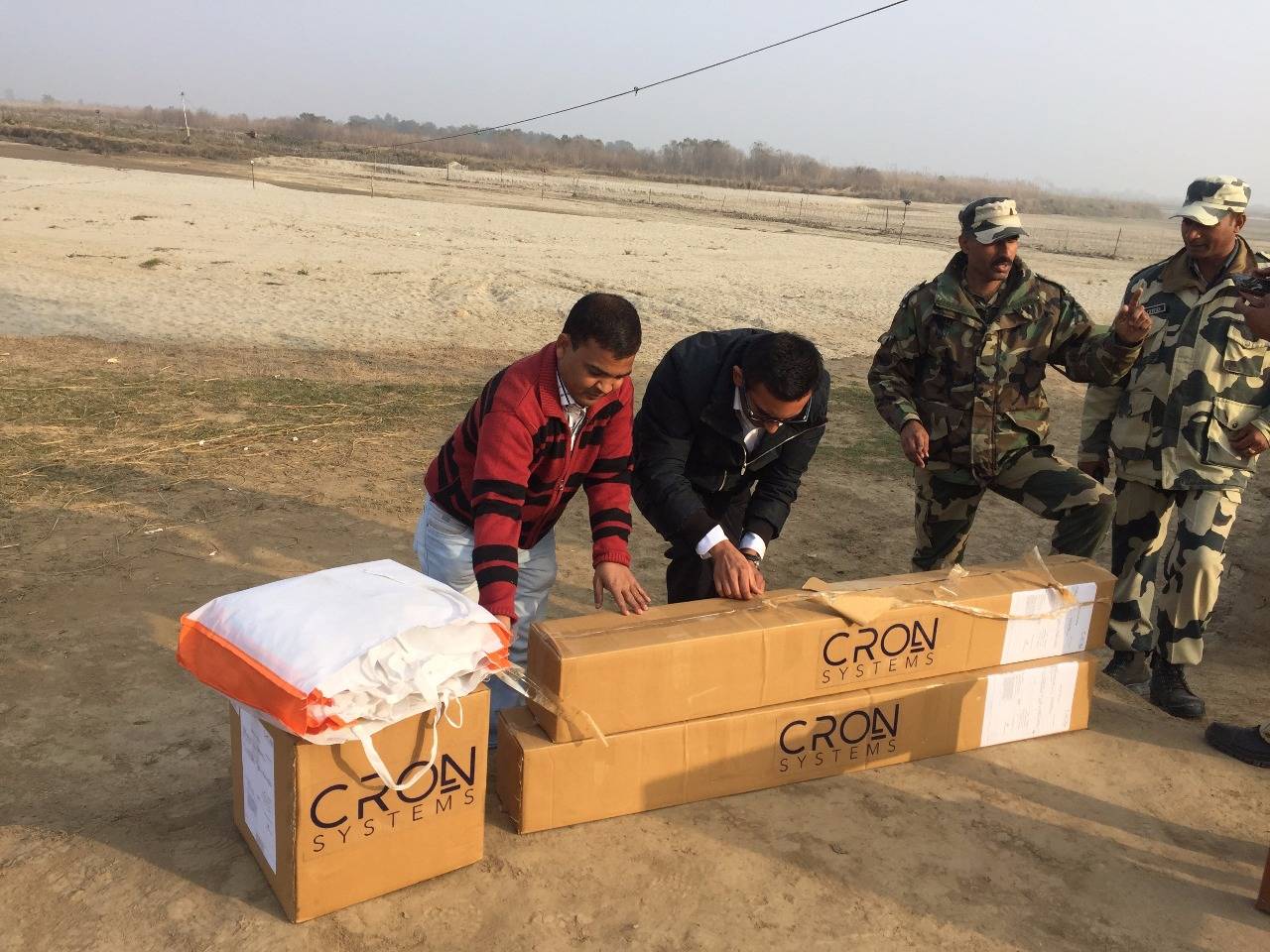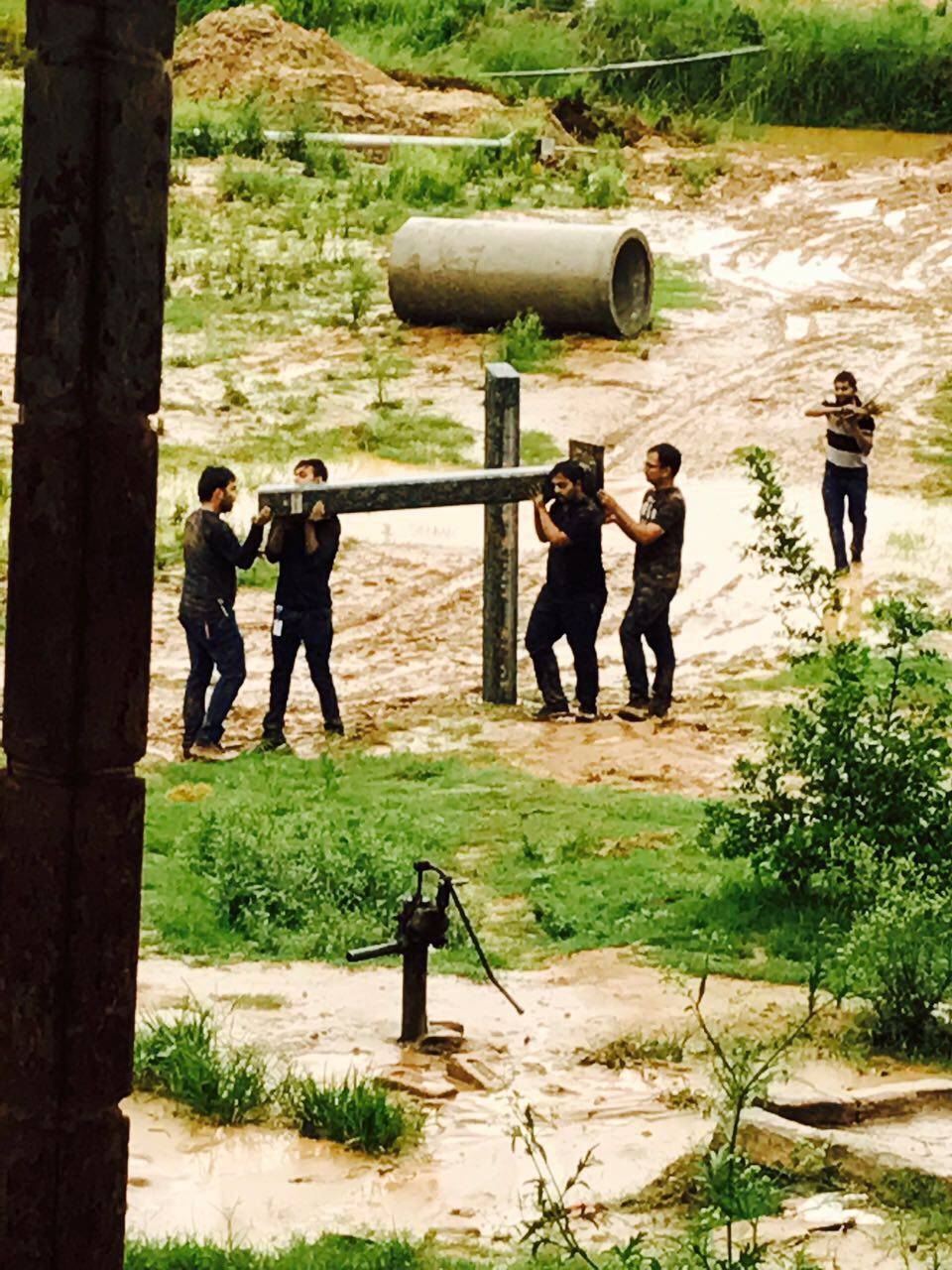 There are over 200 plus data analytics firms in India, some of the major players include Mu Sigma, Manthan, Brillio, Fractal Analytics, Cartesian Consulting, among others.
There are over 200 plus data analytics firms in India, some of the major players include Mu Sigma, Manthan, Brillio, Fractal Analytics, Cartesian Consulting, among others.
Do the Indian forces patrolling the border know when and where terrorists are likely to cross over into Indian soil? The answer, surprisingly, is rather precise. The next incursion is likely to happen in the wee hours of the morning – around 2 am – about eleven or twelve days after a herd of cattle meanders close to the border.
Sounds unbelievable, right? But that’s precisely the kind of insight that Indian defense forces and policeare getting to crack down on everything from minor riots to armed militants crossing the border – all thanks to a bunch of data analytics organizations. "We have more than 20 terabytes of data on the border movement which earlier used to be recorded in physical log books of soldiers. These include thermal images, instances of people going near the fence from across the border, activity at late night etc,” says 26-year old Tushar Chhabra, co-founder of Gurgaon-based driverless truck company Cron systems, which helps the army in predicting border infiltration patterns.
For instance, terrorists on the other side of the border usually send a herd of cattle to check for mines that the armed forces have placed on the border. Analysis of past data has shown that typically an incursion, usually early in the morning, follows 12 days later.
 Similarly, Tarun Wig, founder of Delhi-based Innefu Labs provides analytics services to BSF, CRPF and Police departments across the
Similarly, Tarun Wig, founder of Delhi-based Innefu Labs provides analytics services to BSF, CRPF and Police departments across the
country. Using data, Innefu Labs predicts mob violence, agitations, and protests across the country. “For example, when an agitation happens anywhere across the country, there are multiple factors like social media posts, hash tags or news articles, religious group’s posts. Based on these correlation metrics, we merge all the data with the intelligence data from police agencies. Then our machine language algorithm and data mining techniques help predict a protest or agitation,” says Wig.
Interestingly, the company’s data analytics also predicts something that Bollywood screenwriters have always known: cross border infiltration and narcotic smuggling spike upwards on cloudy and foggy days.
Globally, defense analytics is a $2 billion market but it is still at a nascent stage in India, says Prabir Chetia, Head of Business Research & Advisory, Aranca. There are over 200 plus data analytics firms in India, some of the major players include Mu Sigma, Manthan, Brillio, Fractal Analytics, Cartesian Consulting, among others. “Over the last three years ‘boutique analytics firms’ have been mushrooming around the country. These firms focus on niche areas or domains, and have an employee strength ranging from 5 to 200 employees,” says Chetia.
In Bengaluru, for instance, additional director general of police communications, logistics, and modernization Praveen Sood says that during his tenure as the commissioner of police of India’s IT hub between January 2017 till August, his team used data analytics software to process distress calls from all areas of the city.
Data analytics is also resulting in more effective law enforcement, argue cops. "90% of distress calls never get to a FIR stage. Most calls are (petty disputes) like drunken fights, mischief near residential areas. Based on data points of where these calls are coming from, we allocate more patrolling vans to those areas where most calls are coming from and not waste our manpower." Data analytics also helped Sood shut nine police stations and relocate them instead to the outskirts which were more crime prone.
Talking to ET, on condition of anonymity, a senior Police official said that during the 2013 Malleswaram blast, they analyzed 1000 gigabytes of CCTV images from 3-5 traffic signals, data from telecom tower and broke down the calls made in the area based on duration and call destination to track the miscreants down. “Today, we collect data through mining or crowd sourcing to look for people who are talking about an incident or were present during the incident and directly reach out.”
During the 2016 assembly elections, Police in Assam used GPS data to plan the deployment of forces. GPS imagery was used to plot polling booths routes in insurgency hit areas. “Using Google Earth's visualization software, we were able to get a bird’s eye view of the each nakka (check point) and plan force deployment better in case of disaster recovery and re routed many paths near insurgency areas," said Dr. Dhananjay P.
Ghanwat, SP of Dima Hasao district, Assam. Plans are also being drawn up to introduce e-checking at checkpoints where CCTVs using facial recognition software notify officers real-time in case a criminal match is thrown up.
Even startups like Bangalore based Tonbo Imaging help defence establishments across the world with their imaging systems which are on missile seekers wherein seekers have to classify a particular target to understand if it is a friend or a foe. "Machine learning algorithms are inbuilt into our imaging seekers to classify a target. This classification is based on training provided by thousands of images across varying environmental conditions, target pose etc. The electronics on our imaging system is built on Qualcomm and Nvidia chipsets with very fast machine learning algorithms running on them," says Arvind Lakshmikumar CEO, Tonbo Imaging.
There is a catch for this booming business though. Data collected by government agencies on citizens will always attract lawsuits since they are capable of violating fundamental rights of the citizens, says Chetia. "Post the Supreme Court’s verdict on ‘right to privacy’ being a fundamental right for citizens, it might become increasingly difficult for government agencies to manage security within the country,” adds Chetia.

No comments:
Post a Comment